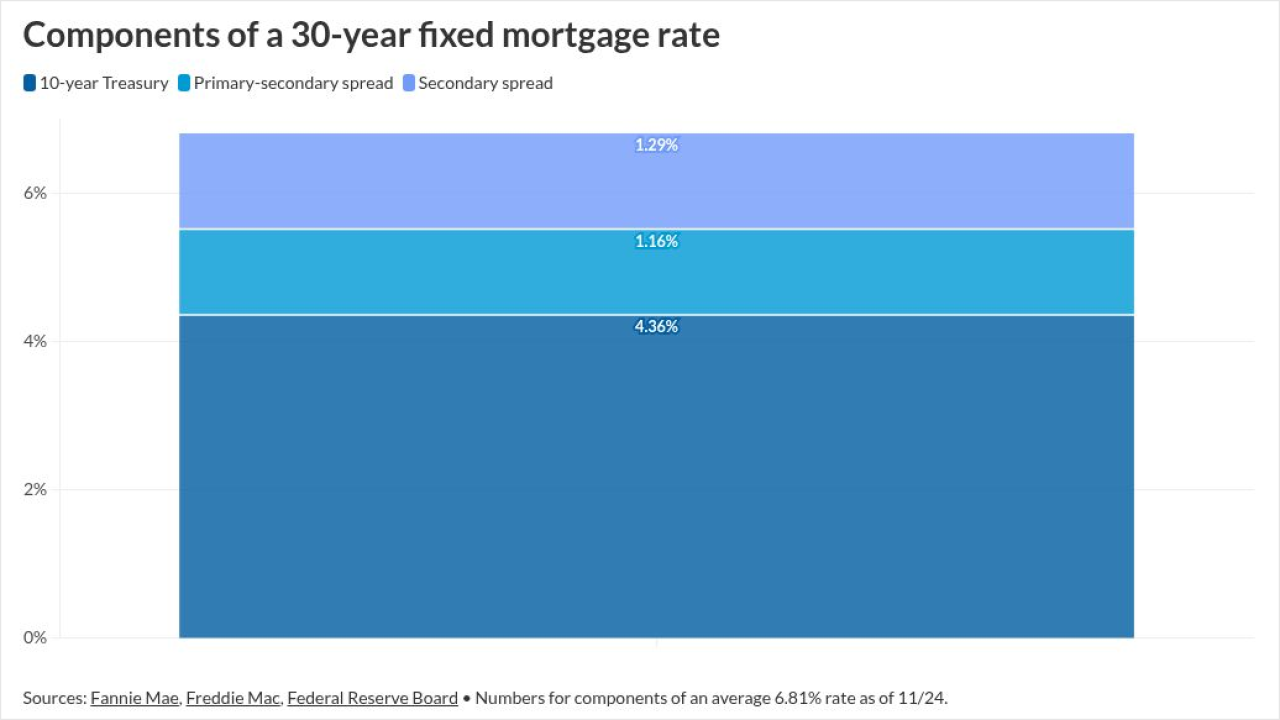The restart of federal student loan repayments against a backdrop of stronger investor interest in private student debt, should help revitalize originations and pave the way for fresh securitizations in 2024, and beyond, according to industry observers.
In recent years dealmakers favored low default risk bank loans and private credit. Now, given the quality assets available and a mild recession in sight, higher yield private credit is more attractive, said a New York-based investor.
"Student debt was not on my radar so much, but as we move forward, I am interested in the opportunities this asset class may offer."
Renewed interest
New entrants to the student loan refinancing market are active in numbers not seen since 2015 when private lenders such as So-Fi - and others who no longer are in the market - flooded the space, said Pasquale Giordano, a senior director at Fitch Ratings.
Higher-yielding revenue and newer income-share products are luring investors, he added. "We have not yet seen securitizations backed by the newer products …but definitely have seen increased interest in new forms of education financing in recent years."
In October 2023, Sallie Mae, the largest private student debt holder in the U.S., sold roughly $1 billion of its Private Education Loans to undisclosed "unaffiliated third party" investors. This amount compares to over $3 billion worth of student loan portfolios Sallie Mae sold directly to investors during the past five years.
The October sale indicates demand for the asset class is picking up, said Ian Rasmussen, a managing director at Fitch Ratings.
Securitization will depend heavily on new originations and performance analytics that ensures the pooled collateral has the required market reputation and asset size. Furthermore, he said, Sallie Mae is contributing to a broader market acceptance of student debt.
Sallie Mae's balancing act
Sallie Mae's Q3 2023 loan originations increased to $2.5 billion, up 4% from Q3 2022. The company's portfolio held about 551 in private education loans for investment, representing $20.3 billion, up from 571 loans, or $18.6 billion in Q2 2023.
During Q3 2023, the lender also executed a private education loans ABS funding transaction at a weighted average cost of funds of 169 basis points over the Secured Overnight Financing Rate (SOFR). That was 16 basis points higher than a similar ABS funding transaction in Q1 2023, but seven bps lower than the securitization funding transaction completed in Q3 2022.
By the end of Q3 2023, unrealized losses on Sallie Mae's marketable securities portfolio, which represents a portion of its liquidity sources, totaled $185 million. Those losses would result in a regulatory capital charge of approximately 50 bps. Meanwhile, only 2% of the company's deposits were uninsured, the company said.
Years of ongoing adjustments to portfolio sizes and loan quality have reduced Sallie Mae's securitization volume. Higher originations should organically lead to new securitizations.
Old and new collateral
Both investors and borrowers will contribute to a broader student lending market revitalization. Notably, nearly 40 million borrowers resumed payments in October 2023, when the three-year COVID-19 forbearance period on a range of federal student loans, expired. The repayments will generate needed liquidity, as these borrowers owed almost $1.3 trillion in federal loans, as of December 2022.
Regulators introduced new programs designed to manage borrower default risk. Options include the Saving on a Valuable Education (SAVE) program. SAVE calculates payments based on borrowers' income and family size, instead of amount owed.
Federal loans present a low default risk U.S. Department of Education insured assets. Including the securitized Federal Family Education Loan Program (FFELP) loans originated by banks and private lenders through 2010.
When private lenders refinance a federal program, the new loan is an uninsured, refinancing private student loan (PSL), and has a higher default risk. Such loans securitize into student loan asset backed securities, or SLABS, alongside traditional PSL.
Default risks and outlooks
With or without government backing, student loans carry risks. Fitch's Q3 2023, U.S. Student Loan ABS Index report shows the average FFELP loan terms are increasing because loans stopped amortizing, adding maturity risk to ABS transactions.
FFELP ABS defaults heightened for the ninth consecutive quarter. The trailing 12-month annualized constant default rate is above pre-pandemic levels and expected to deteriorate. Analysts expect some downgrades of FFELP ABS in 2024.
Newer loans could deteriorate too. A VantageScore analysis estimated that 34% to 76% of federal loan borrowers could default on their first post-forbearance payment, based on pre-forbearance behavior.
Traditional PSL defaults saw an uptick after the first decline in two years in 2Q23, according to Fitch. While defaults in federal student loans consolidated into refinancing PSL, declined after eight consecutive quarters of increases, High interest rates reduce the chances of federal student loan consolidation into refinancing PSL in the near future, the report notes.
Student loan delinquencies had increased in 2021 and 2022, now default rates have stabilized and the asset class performance should not deteriorate in 2024, Rasmussen said.
The U.S. economy could be in recession by the first half of 2024, he said. Still, the origination volume will be higher than in 2023 due to borrower demand for favorable financing and refinancing products.





